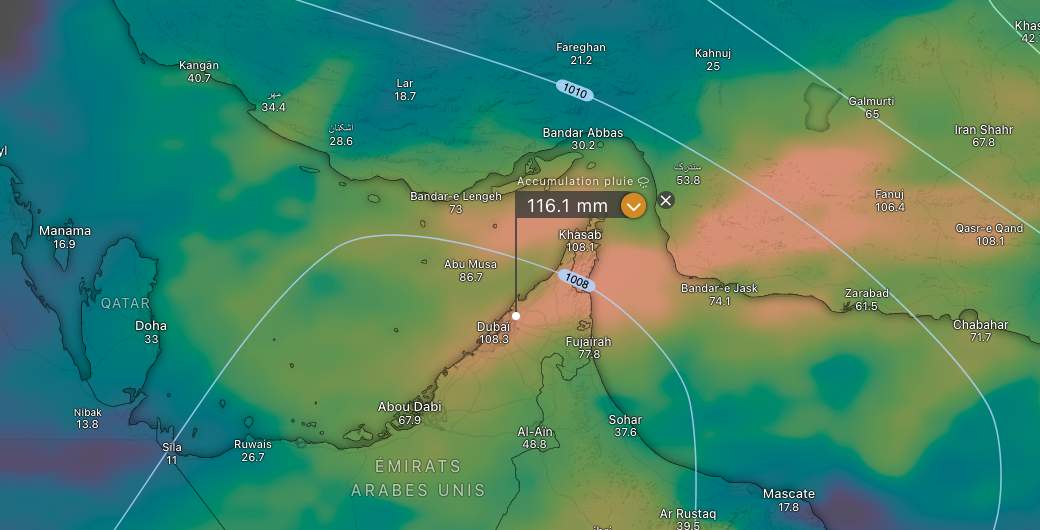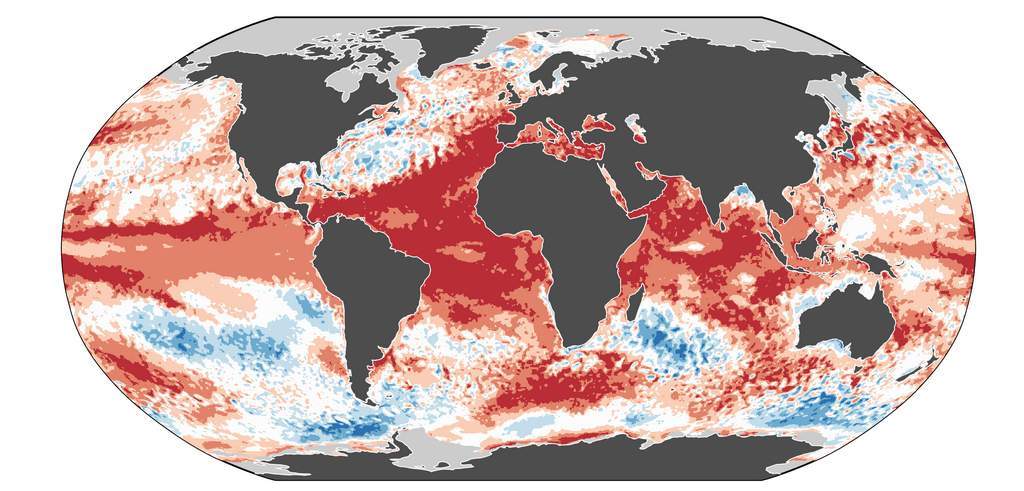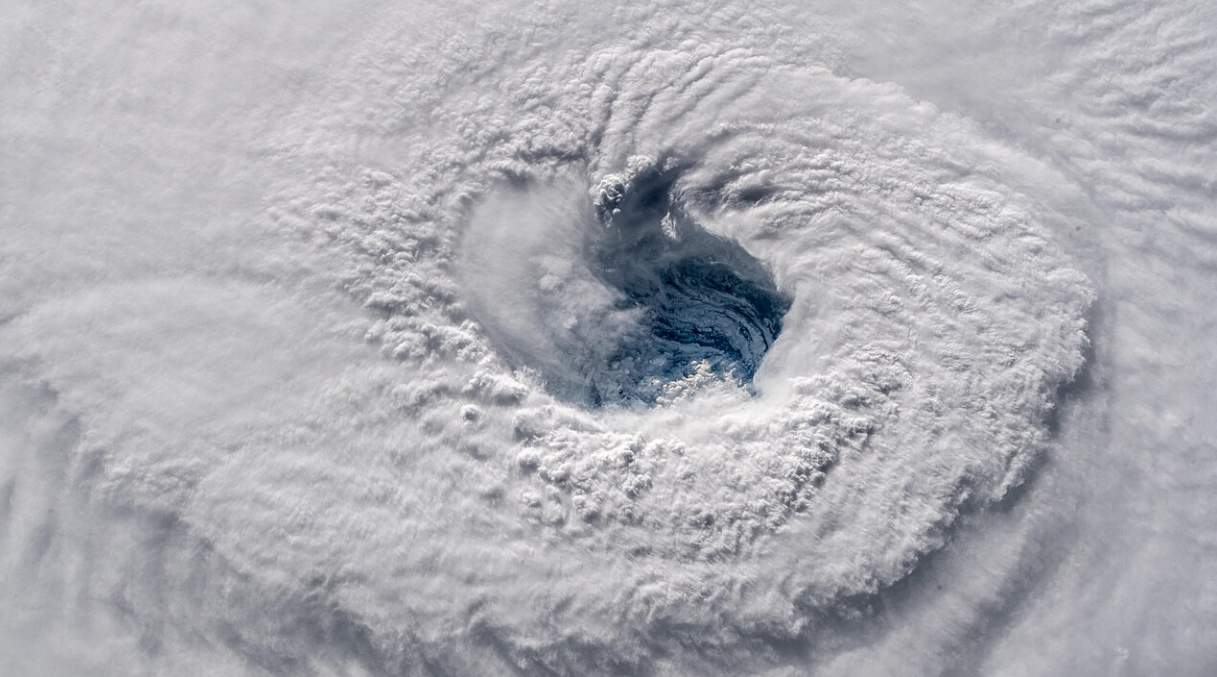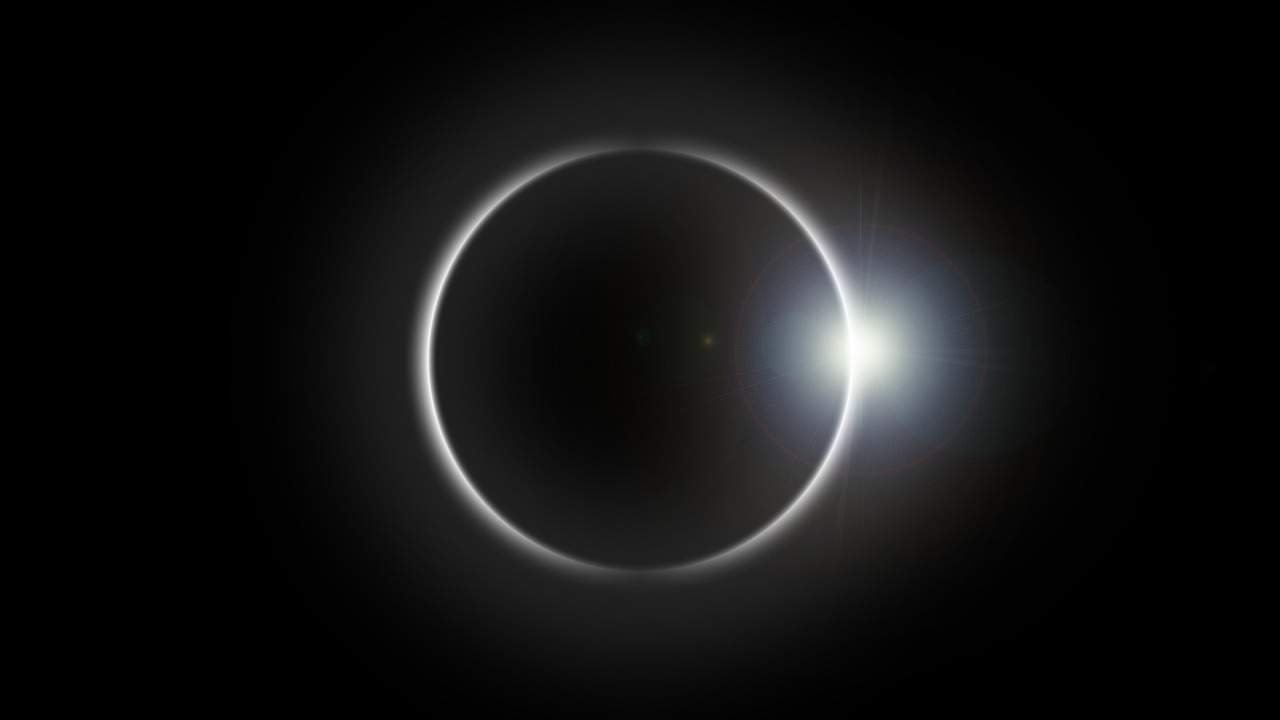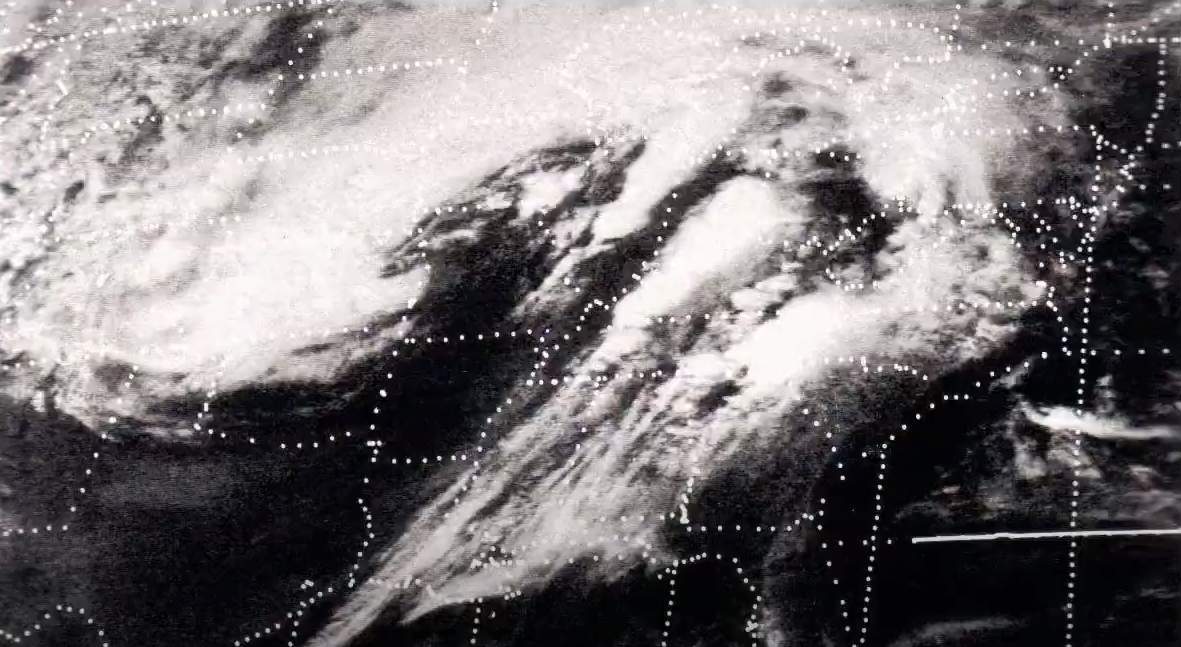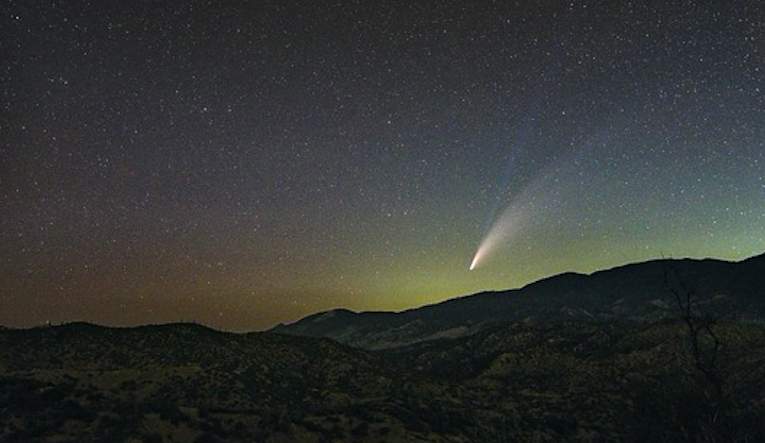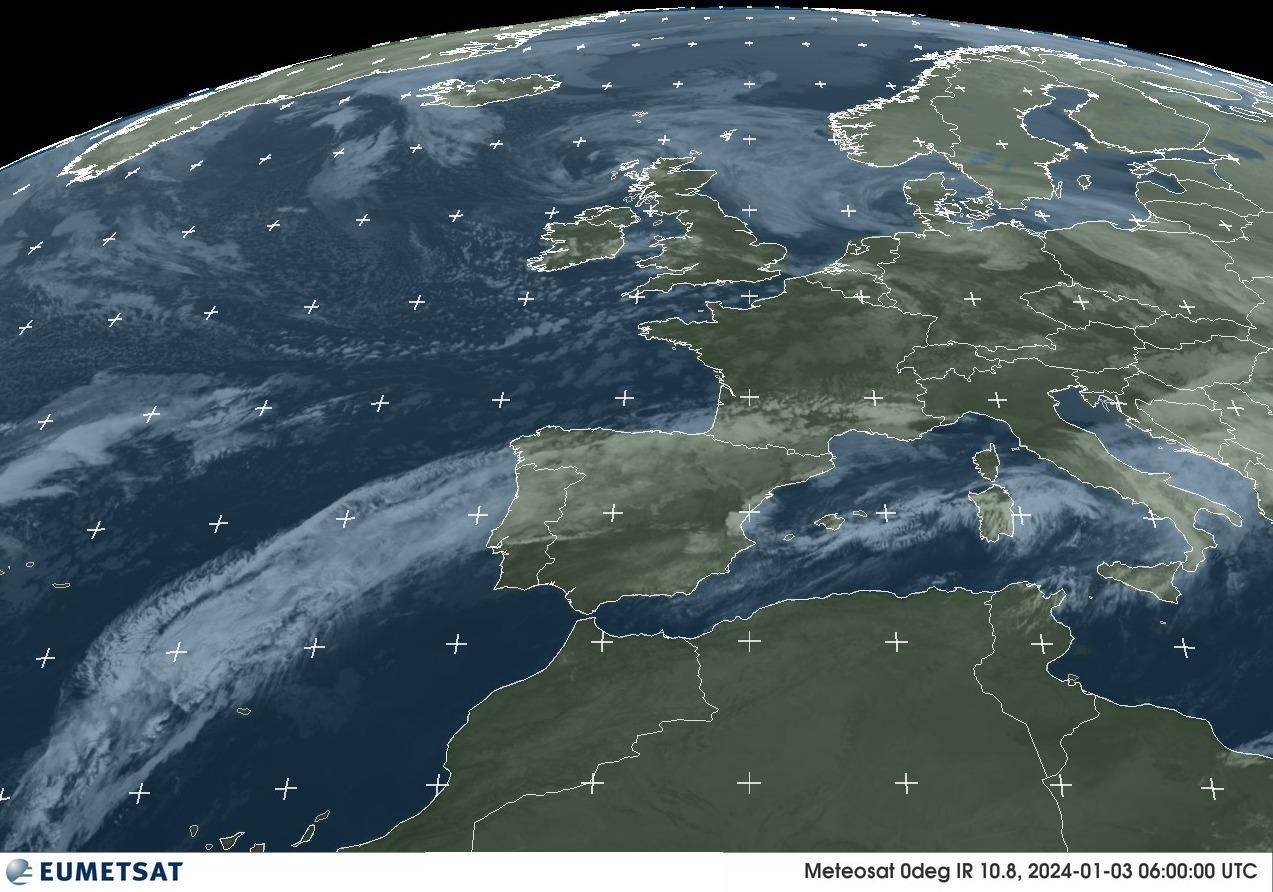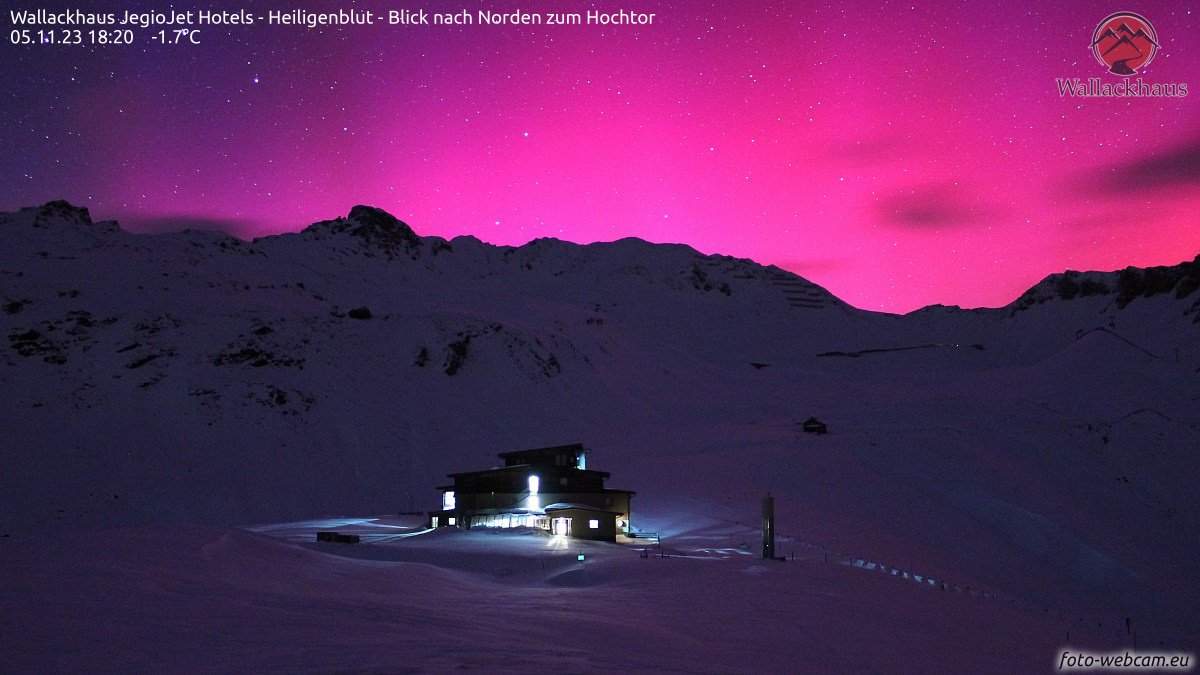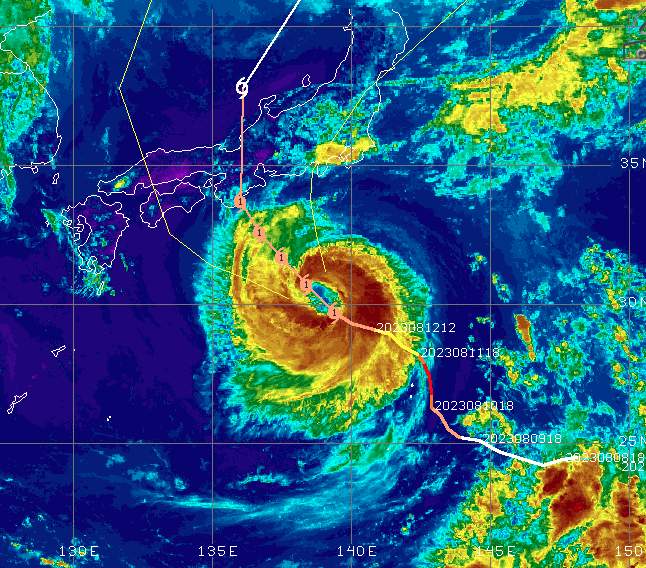Tomorrow, Thursday, a solar eclipse will take place in the Indian Ocean and Pacific. That alone is not too special, but in this case it is a special type – a hybrid solar eclipse. What is it all about?
Solar eclipses – unique in the solar system
So that a total solar eclipse can occur at all, several conditions must be given. The relation of distances and sizes of the involved celestial bodies must be quite exact. It is pure coincidence that this fits so well in the trio of earth, moon and sun! The sun is about 400 times bigger compared to the moon, but also 400 times farther away. If you compare these two bodies in the sky, they appear to be pretty much the same size.
Total, annular and partial solar eclipse
Although the Moon passes between the Earth and the Sun every month in its orbit, a solar eclipse does not occur 12 times a year. This is because the moon's elliptical orbit is tilted 5 degrees with respect to the plane of rotation of the earth around the sun. This means that in most cases the moon passes slightly above or slightly below the sun and its shadow misses us. However, when it passes in front of the Sun, its disk partially or completely obscures the Sun – this depends on the location of the observer. During a total solar eclipse, it is in the so-called umbra. Here the moon covers the sun disk completely, only the corona of the sun remains visible. The umbra moves from west to east over the surface, but it is only a very narrow area. This is surrounded by the so-called penumbra. In this much larger area the sun is only partially covered by the moon – a partial solar eclipse. As mentioned above, the moon's orbit is an ellipse. So the distance earth and moon changes! There is a difference of 50 200 kilometers between the point closest to the earth and the point farthest from the earth. If the moon passes between earth and sun, but is further away, the umbra misses the earth's surface. You can imagine this like the focal point of a magnifying glass, which then lies above the earth in space. Then the moon covers the sun again only partially, an outer ring remains visible – an annular solar eclipse (see cover picture of the blog). Here the observer is in the foreshadow or counter shadow, the antumbra.
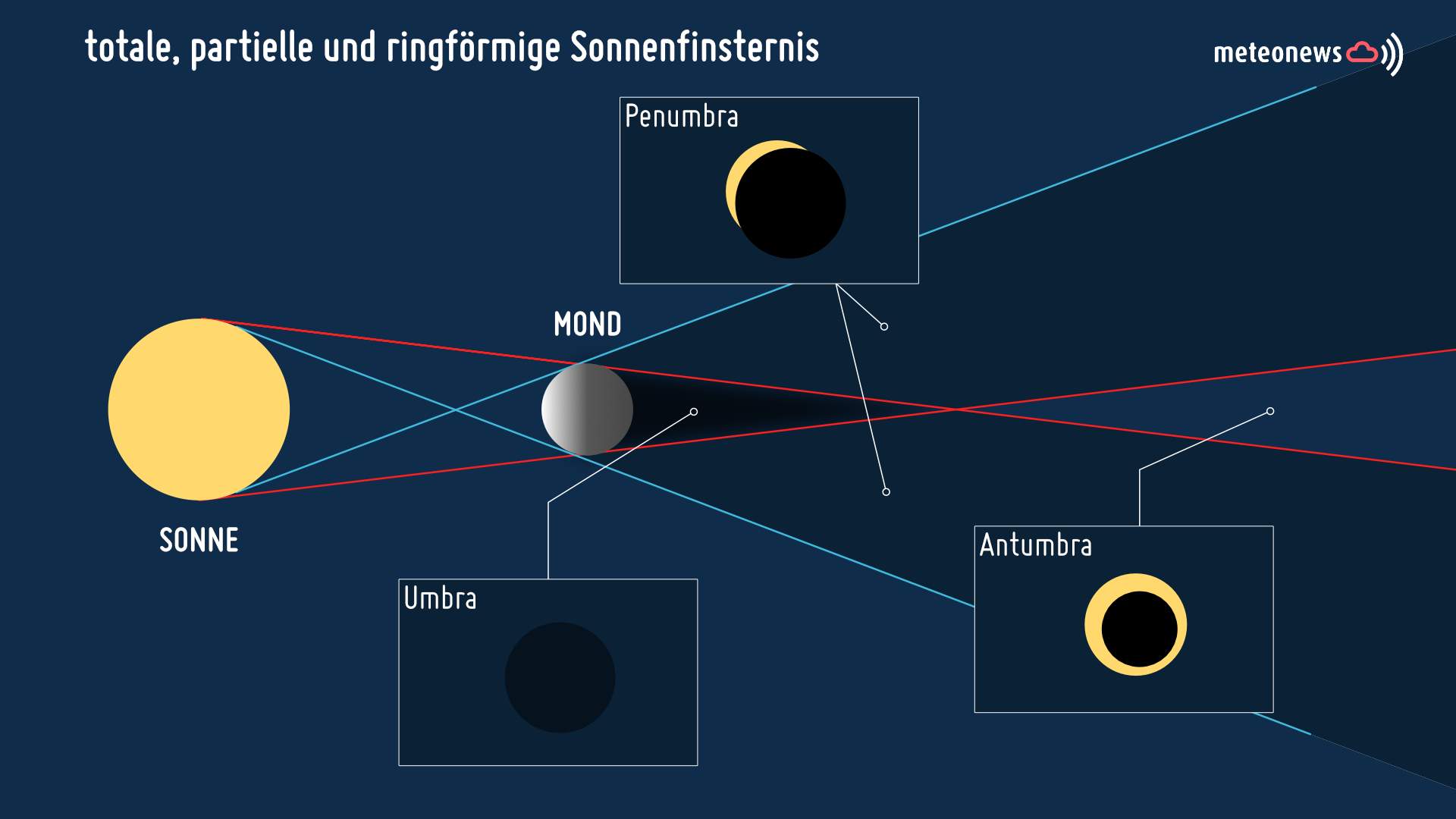
Fig. 1: Different types of a solar eclipse; Source: MeteoNews
Hybrid solar eclipse
This is a rare hybrid eclipse that occurs only about once every 10 years. The distance between earth and moon is so big that it is exactly in the border area between total and annular solar eclipse. The decisive contribution is made by the curvature of the earth. Thanks to it, the distance at the beginning of the eclipse is somewhat larger, only the antumbra reaches the earth's surface. In the further course the shadow runs over the earth, the distance to the moon decreases, whereby then nevertheless the actual umbra reaches the surface and observers experience here a total solar eclipse. Towards the end of this celestial spectacle the distance increases again, and the total eclipse becomes again an annular eclipse. In a hybrid eclipse, the area of the umbra is particularly narrow, typically between 20 and 50 kilometers. The duration of the total eclipse is also short, lasting only 1 minute and 16 seconds tomorrow.
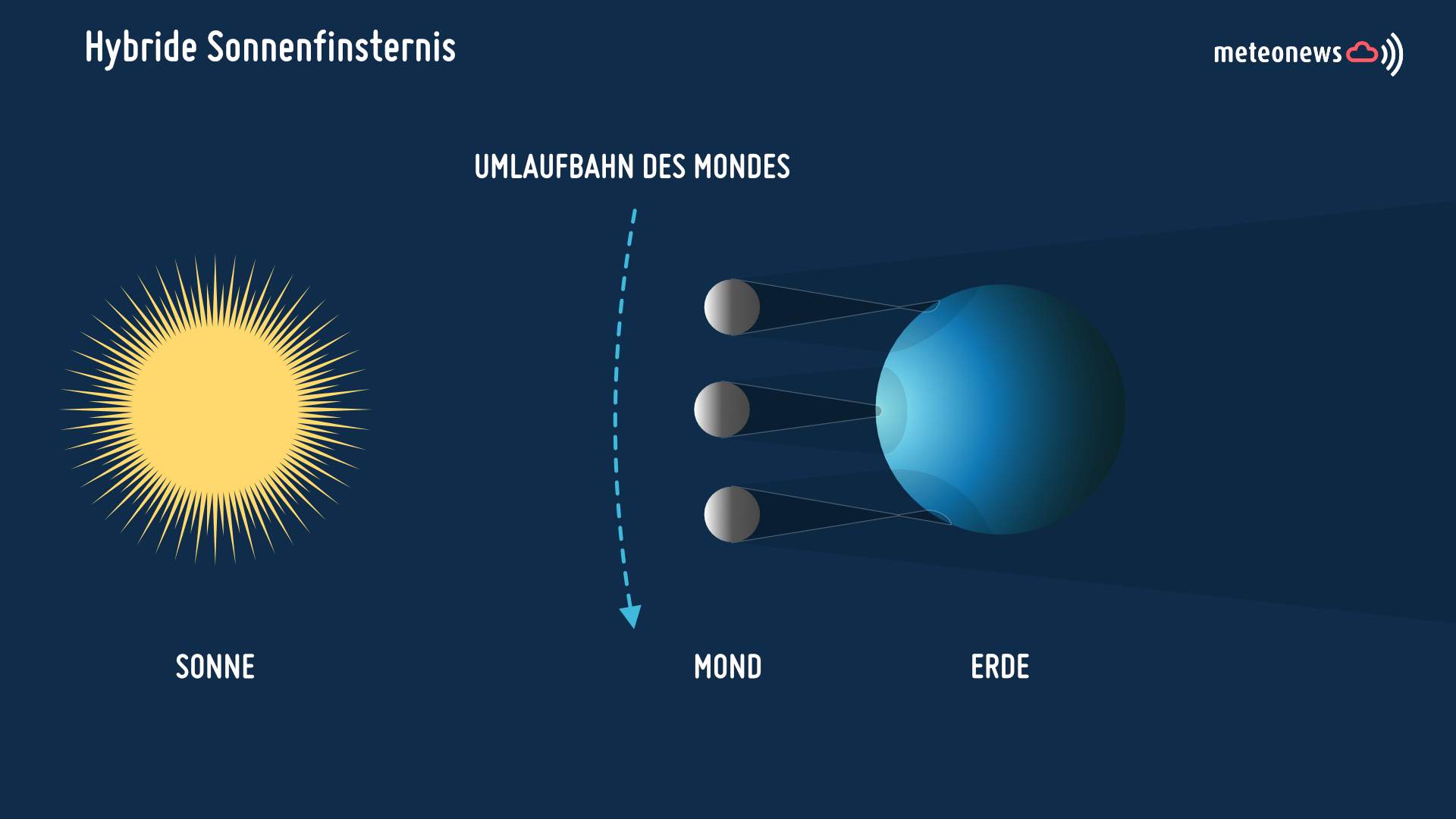
Fig. 2: Hybrid solar eclipse; Source: MeteoNews
disclaimer
The content of this article has been at least partially computer translated from another language. Therefore, grammatical errors or inaccuracies are possible. Please note that the original language version of the article should be considered authoritative.


